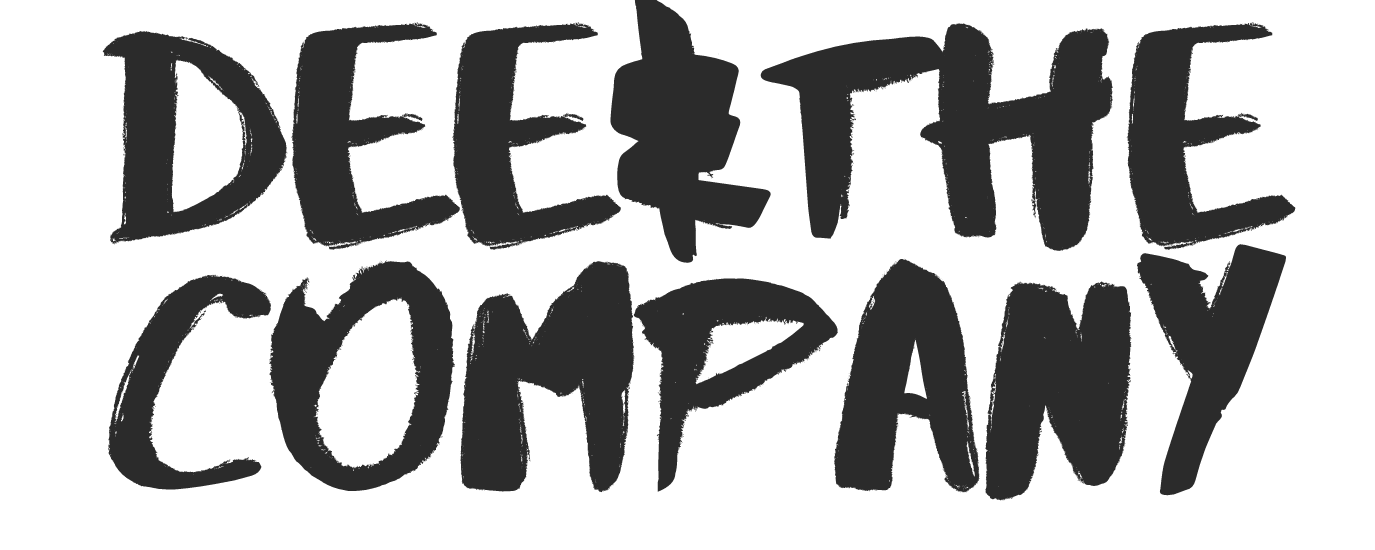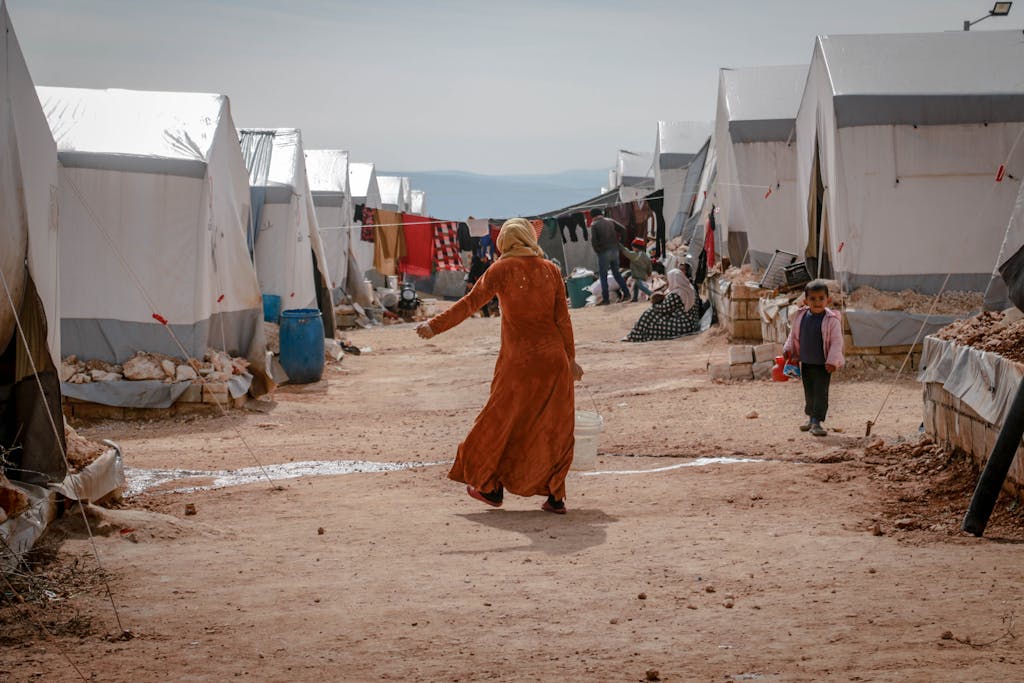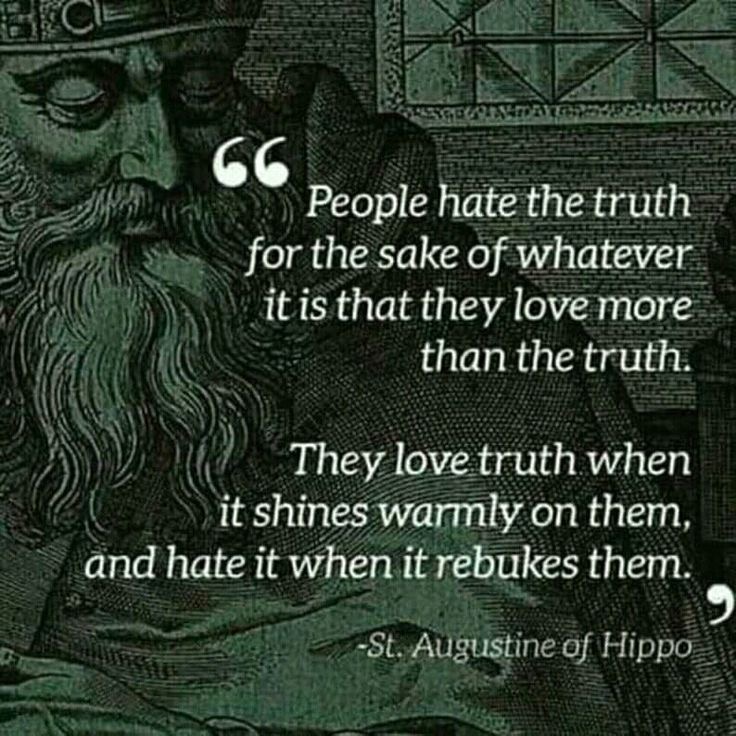I’m Starting a Podcast Amongst Other Things
The perk of this blog being more of my diary than anything else right now, is I can say things without worrying how perfect they are. I don’t have to worry about SEO or how thought out my ideas are, I just have to say something.
Right now, I’m saying I kinda, maybe, am starting to develop a plan.
Two plans.
One interior design focused and one a passion project that hasn’t left my head in months, and I feel pulled toward by God in a way I can’t really explain.
First, I just thought it would be fun to create interior designs based on songs. Kinda like, if you like this song, you’ll love this sorta thing. I don’t really know if I’m going to do it in video, although I probably will. Or just do it over on instagram and hope for the best. But it feels like a fun little project.
I don’t really care for certain brands of couches or dream of owning a certain type of chair–no harm if you do, I’m just not drawn to interior design strictly for Herman Miller chairs. Probably because I grew up in what was once Furniture City, USA and Herman wasn’t really that big of a deal around here. While I don’t care for brands, I care deeply for the overall feel of a room, no matter what’s in it.
I don’t think a room that utilizes Walmart furniture because that’s what’s available is any worse than a room that’s filled with curated vintage pieces and authentic Togo couches. Clearly, I’m not made to be a luxury interior designer. While beautiful artistic furniture is an investment is worth it, it’s something most people are priced out of. And at least right now, I want to make stuff that’s accessible, even if one day I will be designing rooms filled with Togo and Serpentine sofas.
And when people think about interior design and what their style of design is, they think of keywords, trends, and themes. But the truth is, people aren’t one specific thing, they’re a conglomerate of stuff. That’s why the “What is your style?” conversation is so difficult to have and why anyone can say just about anything and we identify with it. It’s all self reporting, which is already a skewed set of data, and most people think about how to make things match with what they own or what they see in store.
The truth is, most people aren’t contemporary or midcentury or French providential. They’re like clean lines, drawn to earthy textures but hate mud-colors, love splashes of color, and want a room to feel like falling in love or giant windows, filled with color, and dark hardwood floors but hate when things feel crowded and cramped but wants a room that feels like they can dance and entertain in.
See the issue? That’s not a design style. It’s a lifestyle and mood.
Right now, we don’t really talk about design as “A bedroom that feels like listening to Fast Car with the windows down on a summer day but incorporate lots gold and a gallery wall.” Or “A kitchen that feels like Vienna by Billy Joel that keeps the existing cabinetry and has room to entertain.”
The reality is the clothes you’re drawn to, the music you listen to, the art you like, and the places you want to visit or favorite places to visit, the food you love to eat, and the way you entertain or exist in the space, is your design style. There’s no set “Bobby likes midcentury and absolutely nothing else.” But if you look all over the internet, the way people teach you to find your design style is by picking one of the whatever is trending design styles and calling it a day.
I’m kinda over that. I’d rather show people how fun interior design and expressing yourself through what you exist in is. Even more so, that you can do it without having to spend a bunch of money or “just go thrifting.”
(It’s worth noting, one of my only interior design pet peeves is when designers give the advice to not buy accessible furniture or art and to just go thrift stuff or look really hard online. While it’s true, you can absolutely find amazing pieces if you curate them from thrift stores and Etsy and throughout the internet…most of the United States doesn’t even meet middle class standards for their state. We have to adjust our advice to who we’re talking to. And while I live in an area with a great thrifting scene, that isn’t as common outside of big cities and most thrift stores belong to the resellers. We don’t need to shame people or make them feel terrible for buying furniture and art at grocery stores or big box craft and home decor stores.)
Second, I’m starting a podcast. It’s still an idea, no name yet and I’m working out the format. But it’s something I’ve been thinking about in some form or the other for over a year. I’m going to be interviewing refugees and asylum seekers over a cup of coffee with the goal of humanizing this taboo thing.
Without getting too political, I realized given the current climate around immigration throughout the world, we’ve lost sense of what it means to be a refugee and asylum seeker. Most people don’t know what the process is like or the stories they have. There’s a lot of mistreatment and shame assigned to refugees and legal asylum seekers who are often villainized for seeking safety. While I can’t offer a political solution or aid the economics of it all — I really just want to bring a human outlook and a sense of dignity to the conversation.
Largely as a global culture, we’ve lumped in legal immigration, illegal immigration, displacement, refugees, and human trafficked into one big overarching umbrella of immigrant. There is room to have that discussion and define those things, especially to talk about this in a healthy manner. That isn’t the discussion I plan to have but I understand the messiness of what I’m about to embark on. So I want to do it with as much thought and care as I can.
While I’m deeply researching how to go about that because I know if I just focus on refugees, displaced individuals, and legal asylum seekers — I know I’m going to attract attention asking why I’m not focusing on everything else.
I’m sure there’s plenty of NGOs who excel at covering those areas, with way more resources than I currently have available and much more credibility to speak on illegal immigration than I have.
I’m just going to address the elephant in the room right now, I’m not planning to cover illegal immigration for that very reason.
I will however share the stories of legal refugees, asylum seekers, and displaced individuals in this podcast.
My parents were war refugees from what was Yugoslavia, the small country by Greece and Italy that because of the Ottoman and Turkish Empire has many cultural overlaps (especially food) with Poland, Romania, and Lithuania.
The war started when my dad entered his 20s and my mom was in her late teens and they came to the states a little under a year from when the war ended.
After awaiting asylum in a refugee camp in Greece, they were sponsored to come to Grand Rapids, Michigan. A place that eventually became filled with refugees and immigrants and a city that celebrates the diversity within it. My school district at the time of graduation had over 62 languages spoken and a decade later the number is even higher. The idea of a cultural melting pot was normal to me and I thought it was the same everywhere.
And then I entered college and realized it wasn’t. I realized most people don’t know what the immigration process is or the process to seek asylum. They view legal immigration as a them vs us thing and sometimes our culture plays a savior activist role and other times we lend a blind eye.
People don’t know refugees and asylum seekers usually come to the country with the clothes on their back with almost nothing from their homes. And they cannot go back to their homes because their homes no longer belong to them or were destroyed in bombings or natural disasters. There’s nothing left to go back to.
Most spend years in a limbo in a refugee camp, which looks kinda like a makeshift concentration camp. They’re usually big enclosures in a field or in a deserted area away from other people or at the edge of a city with tents or temporary trailers. Beds are stacked floor to ceiling with the goal of fitting as many people in at once. In and out are lawyers and NGO workers, sometimes medical professionals.
As you can imagine disease spreads quickly and supplies, including food are always limited. It’s the type of living that removes dignity from a living person. But where else do you go?
Because it’s so hard to get in a refugee camp (it’s a lottery in itself), families are often times separated, sometimes children go in entirely by themselves.
I went to high school with many individuals from various African countries that were in refugee camps since they were children but were granted asylum in the States at 15-17 years old. They either came alone or were brought over with their younger sibling who they were now the guardian of.
While it’s usually rare, every single one of them had to pay the organization that sponsored them back every penny it cost to bring them over. So most worked night jobs, did school during the day, and cared for a younger sibling while learning English at my High School. That wasn’t an uncommon story.
They don’t know the weight of carrying an accent or starting over with nothing. Most legal refugees and asylum seekers are not put up in nice hotels or any homes unless a sponsor organization or individual sets something up. In most cities, there’s no government funding or programs in place to assist legal refugees other than SNAP and WIC.
You entirely rely on a sponsor to help you get a job, housing, basic goods, food, transportation, doctors, insurance, and anything else you might need. If you’re fortunate enough to get government or third-party support, you’re only granted between 3-6 months before that support is pulled and you’re expected to assimilate into American culture and find housing and a job. English second language classes are rare and usually held by religious organizations at night when most refugees are working because third shift manufacturing or cleaning jobs are the only ones to hire someone with no job history in the states or who have broken or no English. And tragically in most stories I’ve heard, sponsors don’t really help anyone out after they sponsor them. Which means the legal refugee or asylum seeker is at the complete dependence on the kindness of strangers.
If your home country is war-torn or in active war, most cases you can no longer return there because your country no longer exists or travel is limited for safety reasons. So even if you want to go back, you can’t.
Many people are sponsored by companies or individuals with the promise of work and have their papers stolen from them and are violently held for labor or sex. We can’t talk about this topic without talking about the humanity crisis that comes from legal refugees and asylum seekers being human trafficked.
I want to have coffee with legal refugees and asylum seekers because I think people need to hear these stories and maybe it’ll change how they view the people in their communities or at least they’d understand the topic a bit more.
The format is very much going to be me having coffee with these people because I’m balkan and coffee conversations are the core of this culture. Everything is over coffee and the point of coffee is to make strangers friends. It’s normal to pull someone off the street that’s passing by and ask them to sit down for coffee. It’s how you get to know people.
Coffee culture is a celebration of each other and a doorway to meet each other.
And I’m sure people in my life will ask what the hell interior design has to do with telling stories of refugees. Honestly, I don’t see a divide between the two. Interior design is representing and celebrating yourself and your world through your environment. Connecting with other humans through something intimate, sometimes taboo, and hard to digest is connected to the things we hold inside of ourselves. At the end of the day, both are entirely about dignity whether it be giving yourself or others dignity and vulnerability, whether it expressing yours or listening to someone else’s and making space for them.
They’re both coffee culture conversations. One our senses see and interact with, the other our heart and soul see and interact with.
It’s inviting someone else in or being invited in. And isn’t that really the damn point of it all?





